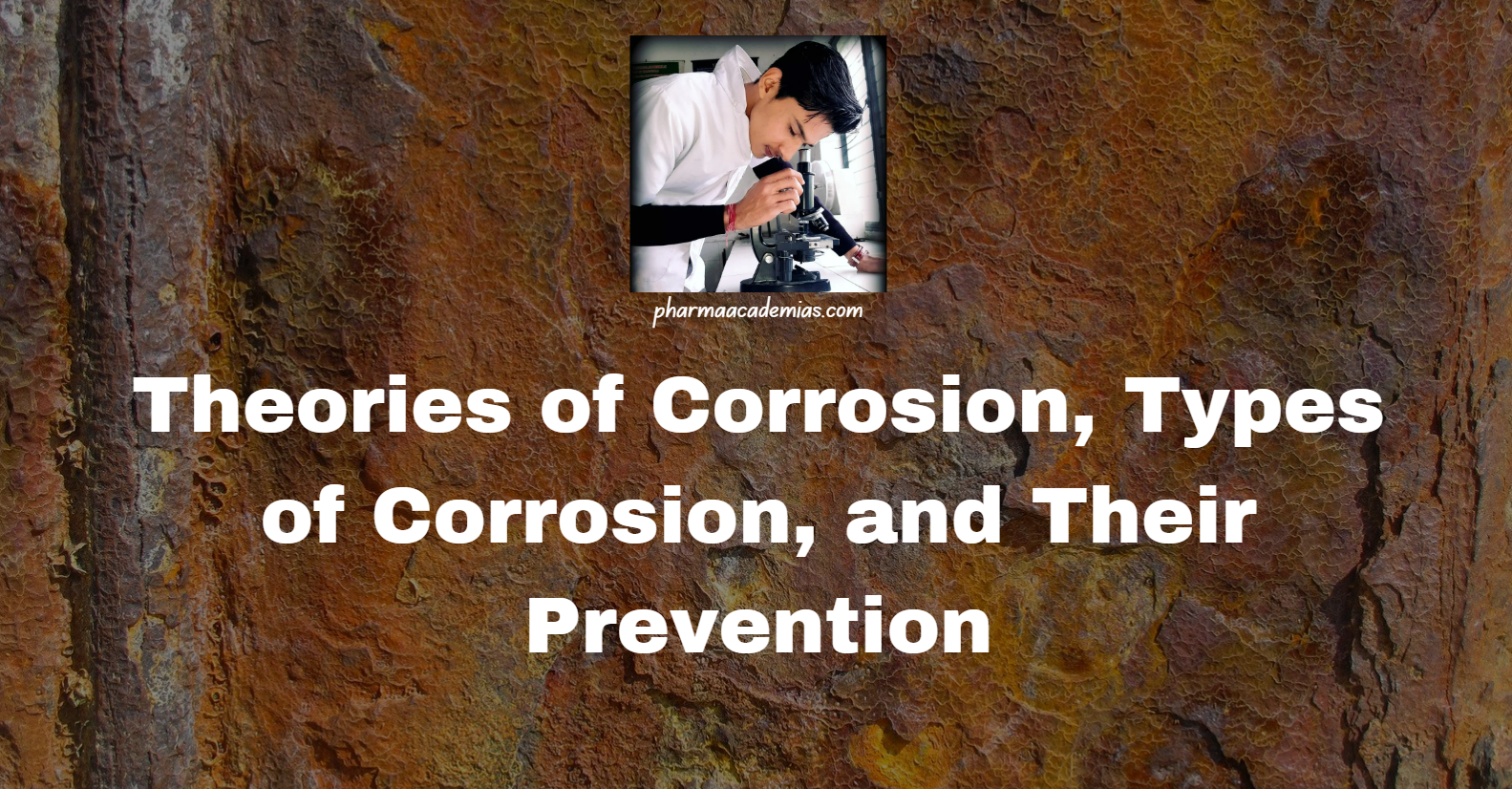Ketone bodies are water-soluble molecules produced by the liver during periods of low carbohydrate intake, prolonged fasting, or intense exercise. They serve as an alternative energy source when glucose is scarce. The primary ketone bodies are acetoacetate, β-hydroxybutyrate, and acetone. This note will provide a detailed overview of the formation and utilization of ketone bodies, along with a discussion on ketoacidosis, a potentially dangerous condition associated with excessive ketone production.
Formation of Ketone Bodies (Ketogenesis)
Ketogenesis occurs in the mitochondria of liver cells (hepatocytes) and involves several enzymatic steps. The process starts with acetyl-CoA, primarily derived from fatty acid oxidation.
1. Condensation of Acetyl-CoA to Form Acetoacetyl-CoA
Enzyme: Thiolase (Acetyl-CoA acetyltransferase)
Reaction:
2Acetyl-CoA → Acetoacetyl – CoA + CoA
Two molecules of acetyl-CoA condense to form acetoacetyl-CoA.
2. Formation of HMG-CoA (3-Hydroxy-3-methylglutaryl-CoA)
Enzyme: HMG-CoA synthase
Reaction:
Acetoacetyl-CoA + Acetyl-CoA + H2O → HMG-CoA + CoA
Acetoacetyl-CoA combines with another acetyl-CoA and water to form HMG-CoA.
3. Formation of Acetoacetate
Enzyme: HMG-CoA lyase
Reaction:
HMG-CoA → Acetoacetate + Acetyl-CoA
HMG-CoA is cleaved to form acetoacetate and acetyl-CoA.
4. Formation of β-Hydroxybutyrate and Acetone
Reduction to β-Hydroxybutyrate:
Enzyme: β-Hydroxybutyrate dehydrogenase
Reaction:
Acetoacetate + NADH+ H+ → β-Hydroxybutyrate + NAD+
Acetoacetate is reduced to β-hydroxybutyrate.
Spontaneous Decarboxylation to Acetone:
Reaction:
Acetoacetate → Acetone + CO2
Acetoacetate can spontaneously decarboxylate to form acetone and carbon dioxide.
Utilization of Ketone Bodies (Ketolysis)
Ketone bodies are transported via the bloodstream to extrahepatic tissues (e.g., brain, heart, muscle), where they are converted back to acetyl-CoA to enter the citric acid cycle for energy production.
1. Transport to Target Tissues
Ketone bodies diffuse freely across cell membranes and are transported to tissues needing energy.
2. Conversion of β-Hydroxybutyrate to Acetoacetate
Enzyme: β-Hydroxybutyrate dehydrogenase
Reaction:
β-Hydroxybutyrate + NAD+ → Acetoacetate + NADH+ H+
β-Hydroxybutyrate is oxidized to acetoacetate.
3. Conversion of Acetoacetate to Acetoacetyl-CoA
Enzyme: Succinyl-CoA:acetoacetate CoA transferase (thiophorase)
Reaction:
Acetoacetate + Succinyl-CoA → Acetoacetyl-CoA + Succinate
Acetoacetate is converted to acetoacetyl-CoA using succinyl-CoA as a cofactor.
4. Cleavage of Acetoacetyl-CoA to Acetyl-CoA
Enzyme: Thiolase
Reaction:
Acetoacetyl-CoA + CoA → 2Acetyl-CoA
Acetoacetyl-CoA is cleaved to yield two molecules of acetyl-CoA, which enter the citric acid cycle for ATP production.
Ketoacidosis
Ketoacidosis is a serious condition resulting from excessive production of ketone bodies, leading to a decrease in blood pH. It is most commonly associated with uncontrolled diabetes mellitus (diabetic ketoacidosis, DKA) but can also occur due to prolonged starvation or alcoholism.
1. Mechanism
In uncontrolled diabetes, insulin deficiency leads to increased lipolysis and β-oxidation, resulting in an overproduction of acetyl-CoA.
Excess acetyl-CoA is channeled into ketogenesis, producing high levels of ketone bodies (acetoacetate, β-hydroxybutyrate).
Elevated ketone levels exceed the body’s buffering capacity, leading to metabolic acidosis.
2. Symptoms
– Hyperglycemia (in diabetes)
– High ketone levels in blood and urine
– Fruity breath odor (due to acetone)
– Nausea and vomiting
– Abdominal pain
– Dehydration
– Rapid, deep breathing (Kussmaul respiration)
– Confusion or coma (in severe cases)
3. Diagnosis
Blood tests showing high glucose (in diabetes), low bicarbonate, and high anion gap.
Blood ketone measurement showing elevated β-hydroxybutyrate.
Urine tests showing ketonuria.
4. Treatment
For Diabetic Ketoacidosis:
– Intravenous fluids to rehydrate and restore electrolyte balance.
– Insulin therapy to reduce blood glucose and halt ketone production.
– Electrolyte replacement (potassium, magnesium, phosphate).
– Monitoring and adjusting treatment based on blood chemistry.
For Alcoholic Ketoacidosis:
– Thiamine supplementation before glucose administration (to prevent Wernicke’s encephalopathy).
– Intravenous fluids with dextrose to suppress ketogenesis.
– Electrolyte management.
For Starvation Ketoacidosis:
– Gradual refeeding with carbohydrates.
– Monitoring and correction of electrolyte imbalances.
Summary
Ketone bodies are crucial energy sources during periods of low carbohydrate availability. Ketogenesis in the liver produces acetoacetate, β-hydroxybutyrate, and acetone, which are transported to other tissues and converted back to acetyl-CoA for ATP production. However, excessive production of ketone bodies can lead to ketoacidosis, a dangerous condition characterized by metabolic acidosis, requiring prompt medical intervention to restore metabolic balance.




